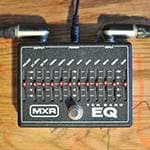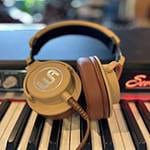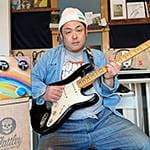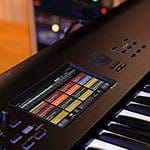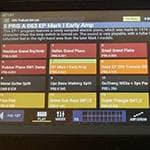One of the things that I will forever continue to struggle with, while playing guitar in a band.
That is
what effect pedal I will use as the main distortion effect pedal.
Ringo Shiina uses a Rat as her main tool (I don't know if she actually does, though), and I know a band member who has four Boss BD-2s connected in series. I think that the choice of distortion effect pedal shows a lot about a person's individuality.
I'm a guitarist myself, so I've tried out all kinds of distortion effect pedals. Of course I've used the BD-2, and I've also used an effect pedal called Alice the goon made by a company called shinos. I think I've changed the main distortion effect pedals about eight times in total.
Here is the effect pedal I came across in the midst of all that.
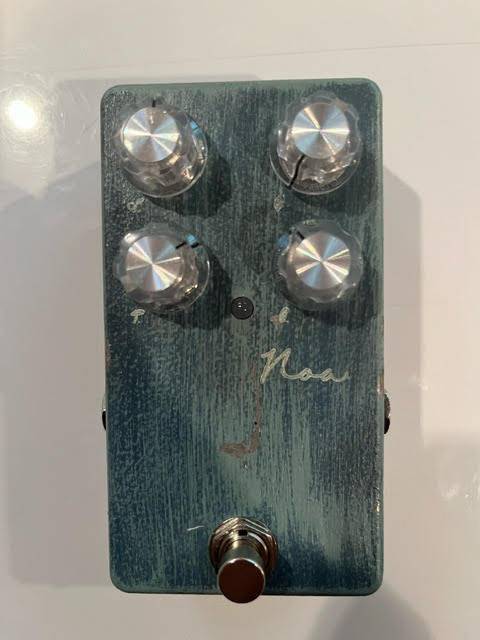
It's an effect pedal called Noa from the brand petra.
From here,
- ① What is Noa?
- ② About Transparent Overdrive
- ③ Usage Examples
I will explain in that order.
I hope that the appeal of the noa effect pedal from the petra brand will be conveyed to everyone.
Let's get started right away.
① What is Noa?
A sound that is almost as transparent as possible
Noa is a transparent overdrive pedal that aims to produce a sound as clear as crystal water. In addition to the freshness of the pedal itself, it has a low-cut filter with a wide range of frequencies from 30Hz to 300Hz, so it can be used in a variety of situations.
Noa is a so-called transparent overdrive pedal that is handmade by an individual builder called nanase.
It has a very clear sound contour and a wide range of low-cut frequencies, so you can cut out the parts you like. And, it can be used like a parametric EQ.
Noa really does sound like the start of summer. To use the words of baseball bear, Natsutteru.
It seems that it was originally made to make the Marshall Bluesbreaker more modern and easier to use, so it's also recommended for people who find it hard to get hold of a Bluesbreaker.
② About Transparent Overdrive
As the word “transparent” suggests, it is an overdrive pedal that produces a clear sound.
There is a person who has summarized the transparent overdrive pedals in a Sound House column in the past, so if you want to know more, you can check that out! But, to put it simply,
- It makes the contours of the sound clear.
- Basically, it's a low-gain overdrive.
I think these are the definitions of a transparent overdrive pedal.
When it comes to effect pedals famous for their transparent overdrive,
MXR CSP027 Timmy Overdrive
This is an effect pedal that is so famous that it is said to be the go-to transparent effect pedal. Originally, pedal builder Paul Cochrane created the Timmy, which was then downsized and sold by MXR. In my own image, it really faithfully reproduces the nuances of the guitar.
To sum up, I think the sound becomes fuller if you turn up the EQ quite a bit. Also, this product has a toggle switch, so you can choose between right, left and middle. Each of these modes has a slightly different tone, but I liked the middle mode the best because it had the widest range of sounds.
Mad Professor Royal Blue Overdrive Factory
This one has a wide gain range for a transparent effect, and as you increase the gain, the sound becomes richer and more distorted.
It also has two EQs, Bass and Treble, and they work well, so you can create a variety of sounds, such as V-shaped sounds, sounds with a heavy center of gravity, and sounds that emphasize high notes. Also, Royal Blue was used by Tomomi Shiiki, the vocalist of My Hair is Bad, so I think it is suitable for people who play guitar rock.
Earthquaker Devices Blumes
This Blumes effect pedal for bass can also be used with guitars. You can choose from three modes using the toggle switch, and mode 3 is a transparent distortion.
Even if you set the gain to 0, it will still distort slightly, so it may be a little difficult to use it like a preamp as described below, but all of the modes have quite usable sounds, so I think it's quite a good deal to have three different distortions in one effect pedal.
Also, the fact that the EQ is tone only means you don't have to worry about this or that, which is also a good thing.
All three of these are great effect pedals. Of course, each pedal has its own characteristics, tone and reference, so for me, Noa was the best fit.
③ Usage Examples
I would like to finish this article by introducing some examples of how I actually use Noa.
My main guitar is a white K.Nyui Custom Guitars, and the knob is fixed at the center. The volume is set at 12 o'clock, the gain is set at 0, and the tone and lowcut settings change depending on the environment, but basically I set the tone at around 3 o'clock and the lowcut at around 9 o'clock.
I use it as a preamp rather than as an overdrive, so I hardly distort the sound. But with Noa, it's strange, but just turning it on pushes the original sound and makes a cool sound like a wind bell. Even if you turn up the gain, it's low gain, so it doesn't break down that much. I think that's a good way to use it, but I found it most comfortable to use as a preamp.
This is just a brief introduction of Noa from petra.
It's still hot, so if you're dissatisfied with the sound of your current distortion, if you're sensitive to heat, or if you're lacking in fluids, I recommend you try Noa from petra.
The “sound & person” column is made up of contributions from you.
For details about contributing, click here.





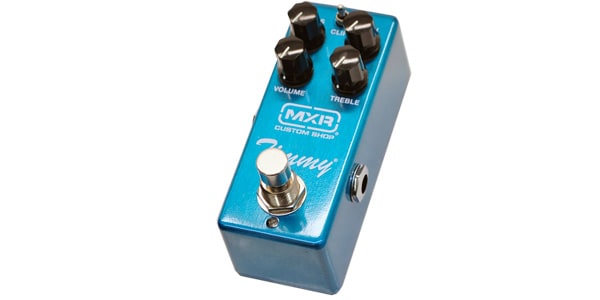
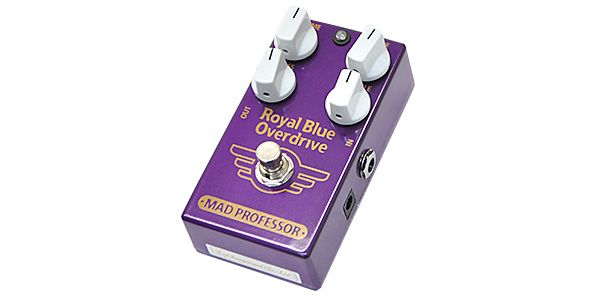
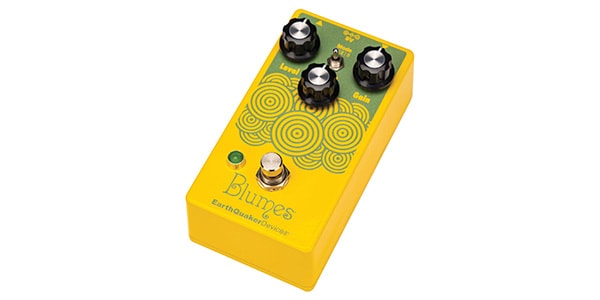


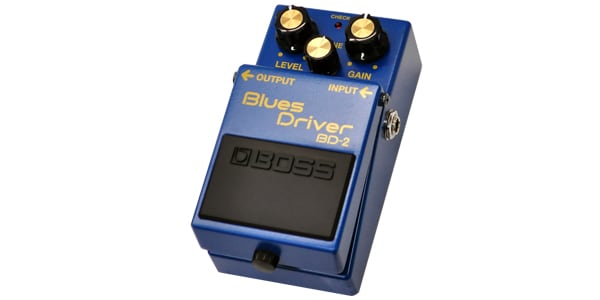
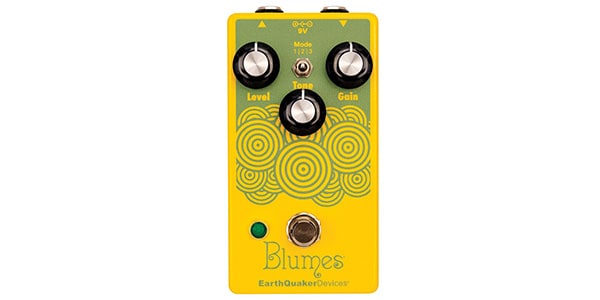

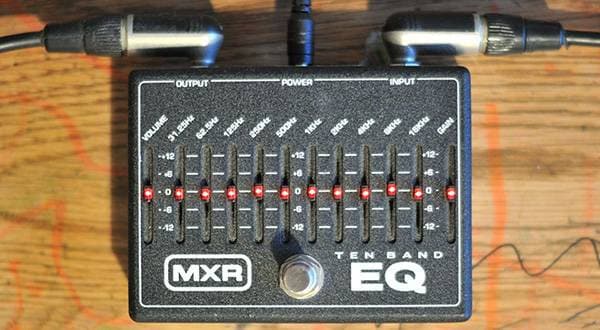
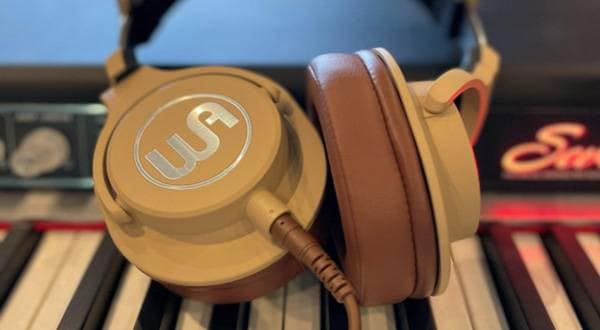

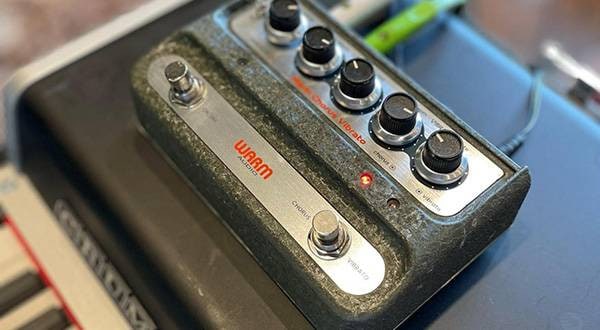
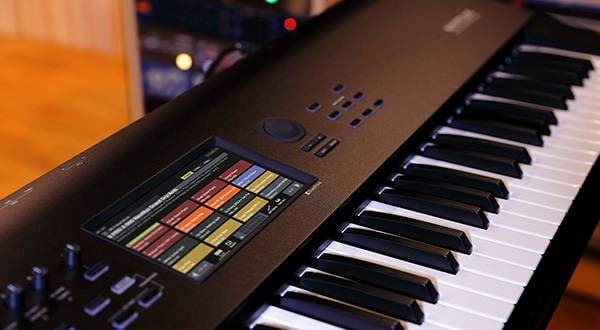
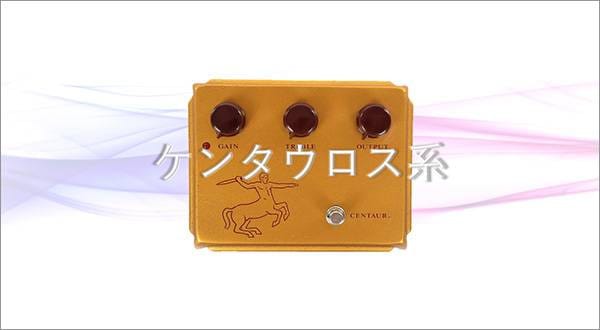
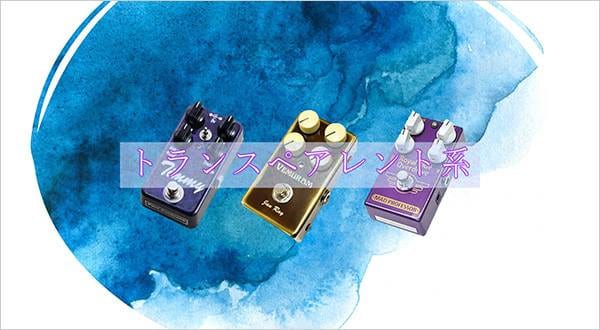
![[Effects Pedal Explanation] Distortion Effects Pedals TS System](/contents/uploads/thumbs/5/2024/5/20240516_5_26868_1.jpg)
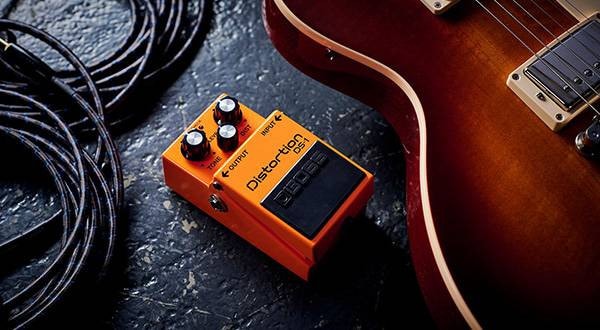
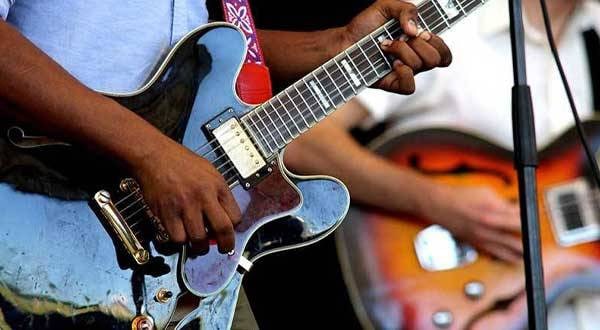
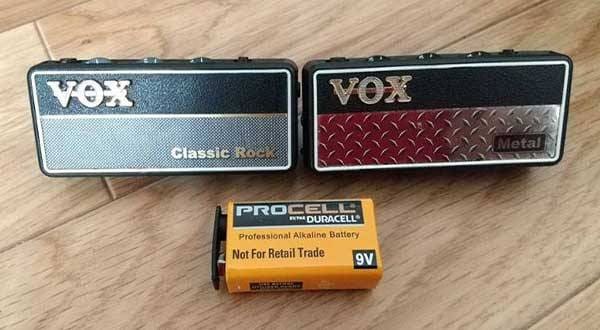
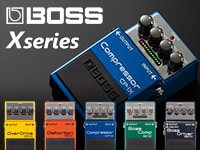 BOSS Xシリーズ
BOSS Xシリーズ
 【初心者向け】エフェクター講座
【初心者向け】エフェクター講座
 あなたのエフェクターボード見せてください
あなたのエフェクターボード見せてください
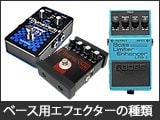 ベース用エフェクターの種類
ベース用エフェクターの種類
 エフェクターのつなぎ方
エフェクターのつなぎ方
 エフェクターの種類
エフェクターの種類
